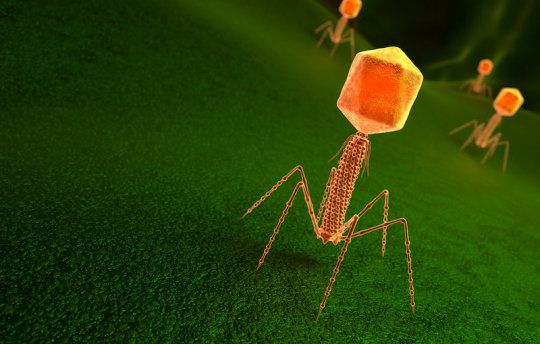Antibiotic-resistant bacteria are a major health care problem worldwide. Now there are still plenty of opportunities to find a cure that bites, but then we need to know what antibiotic resistance genes the bacteria carry.
To find out, we have to characterize the bacteria’s DNA and this requires expensive equipment, making the method impractical or impossible in low-income countries. But now researchers from Chalmers have developed a method where this is done Analysis can be performed using relatively simple microscopes already in laboratories in many low-income countries.
The new method is primarily based on Crispr-Cas9 genetic engineering technology used to identify specific plasmids. Plasmids are circular DNA molecules that can show whether genes in bacteria can break down antibiotics.
– If the gene we are looking for is on the plasmid, it is cut by Cas9. When DNA is stretched on a coverslip and imaged with a fluorescent microscope, the linear molecule can be detected. To take pictures for analysis, you can use a regular smartphone, which you can easily attach to a stand with the microscope, Gaurav Goyal, a Chalmers researcher and one of the researchers behind the study, says in a press release.
First of all, this method will be used to understand the spread of antibiotic resistance, but in the long term, researchers hope it can also be used to diagnose diseases caused by resistant bacteria. The method could then also be an important tool in the richer part of the world.
– We began to develop the method for less affluent laboratories, but any microbiological laboratory can perform this plasmid analysis and get a great return from it. In addition to being able to see the presence of a gene in a particular plasmid, the method can also determine the size and number of plasmids in a sample. With our method, this is much simpler than other methods, so we also believe it could also be useful in modern microbiology laboratories in high-income countries, says Frederic Westerlund, professor of chemical biology at Chalmers and one of the other researchers behind the study. .
New test could shorten disease diagnosis by a decade
A new DNA test has been developed that can individually detect more than 50 neurological and neuromuscular diseases. With the test, it is possible to shorten any diagnosis by up to decades.
New discovery of toxins could help solve antibiotic resistance
Researchers at Lund University have found a mechanism that appears to be able to neutralize toxins and protect bacteria from virus attacks. This finding is believed to be crucial in treating antibiotic-resistant infections.


“Extreme tv maven. Beer fanatic. Friendly bacon fan. Communicator. Wannabe travel expert.”







More Stories
Why Rare Earth Metals for Electric Cars Are Crucial for Modern Mobility
“We want to promote critical rules approach”
“A lot happened during the trip,” Jönköping County Council